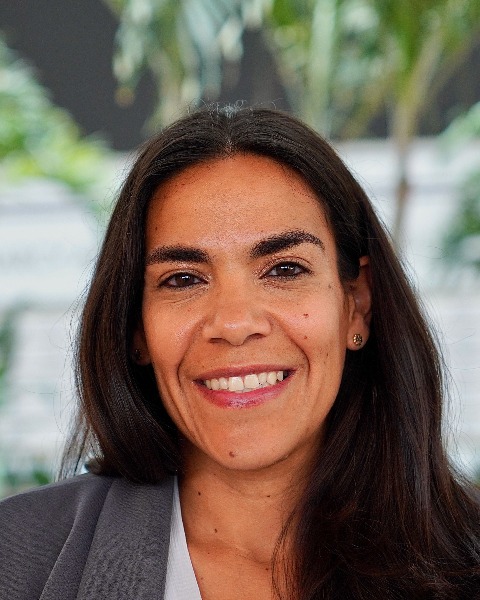Health Equity/Social Determinants of Health
Health Equity/Social Determinants of Health 9
578 - Assessing Fit of a school-based asthma program for dissemination to rural Colorado Latinx and non-Latinx caregivers
Publication Number: 578.413

Andrea M. Jimenez-Zambrano, PhD, MPH (she/her/hers)
Instructor
University of Colorado
Aurora, Colorado, United States
Presenting Author(s)
Background: Stop Asthma Attacks (SAA) is a school-based asthma program that has leveraged asthma navigators to reduce asthma disparities for low-income and racial/ethnic minority children. SAA was developed in urban Colorado settings. To extend SAA to rural Colorado, we sought to understand rural parent perspectives on the program – both Latinx and non-Latinx.
Objective: To understand how barriers and facilitators to asthma management might influence rural family’s engagement with SAA and to identify possible adaptations to ensure accessibility, acceptability and cultural responsiveness.
Design/Methods:
This study employed in-depth phone interviews with a purposeful sample of Latinx and non-Latinx mothers/caregivers of children aged 5-12 years with asthma in rural Colorado. Interviews explored barriers and facilitators to asthma management: day-to-day asthma self-management practices, cultural beliefs related to asthma, and willingness to engage in a school-based asthma program. Transcripts of interviews were coded and analyzed for thematic domains and compared for concurrence and differences by ethnicity/language spoken.
Results: Demographics of participating mothers/caregivers included: mean age of 38 years, 68% of Latinx ethnicity, 45% Spanish-Speaking, and 64% had completed high school. Across Latinx and non-Latinx caregivers, we identified geographic barriers of long travel distances to seek care, limited urgent primary care availability, and knowledge gaps for asthma self-management, including misperceptions of asthma severity. Latinx caregivers particularly struggled to understand why their child had asthma — this limited acceptance of the diagnosis served as an obstacle to self-management. Spanish-speaking Latinx caregivers described particularly difficult socioeconomic challenges to asthma management, related to limited health insurance coverage and the high costs of asthma medications. Facilitators included high satisfaction with their children’s primary care team. Participants reported general acceptability and openness to take part in a school-based asthma program.
Conclusion(s): These data identify barriers to pediatric asthma self-management among rural families, including a unique cultural barrier among Latinx caregivers – a struggle to understand why their child has asthma. These perspectives will guide tailoring of SAA for dissemination to rural and Spanish-speaking Latinx families in Colorado, focusing on challenges such as increased travel distances to seek care, and general and culture-bound asthma misperceptions. 
